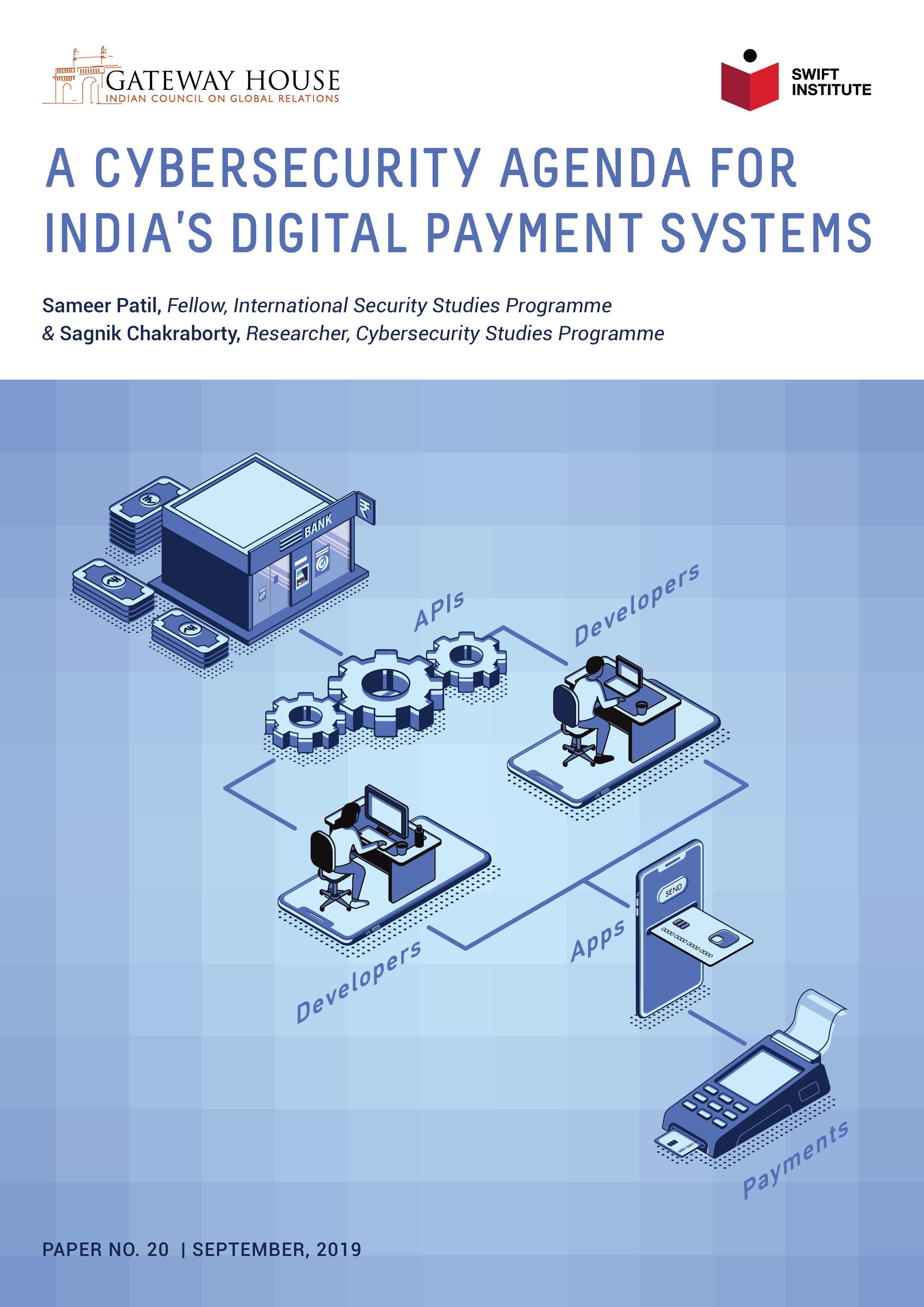Growing cyber threats to India’s digital payments
India’s has transited innovatively from a cash-based economy to one primarily reliant on digital payment systems. This has brought financial inclusion and transparency, but security threats too, such as data breaches. A look at the major vulnerabilities assailing India’s digital payment systems and ways to plug them.











